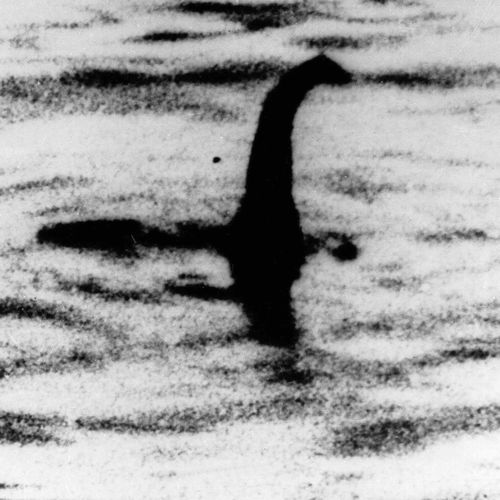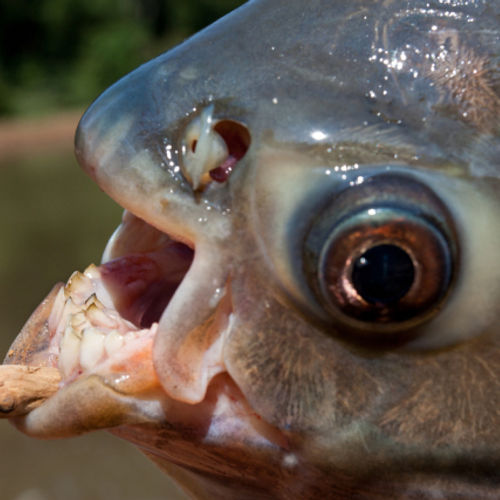
| Added | Tue, 25/07/2023 |
| Источники | |
| Дата публикации | Tue, 25/07/2023
|
| Феномены | |
| Версии |
A giant creature living in the depths of the Scottish Loch Ness, despite all efforts to debunk it, remains a popular object of speculation. One of the last plausible explanations for the existence of this monster has also been debunked. After a thorough study, researcher Flo Foxon from Pinney Associates and the Society of Folk Zoology found that the sightings of Nessie are unlikely to be associated with giant eels.
"In this new work of the Society of Folk Zoology, the necessary level of scientific rigor and data is brought to a topic that is otherwise slippery as an eel," says Foxon.
Contrary to popular belief, the intersection of folklore and zoology can be subjected to scientific analysis and can provide valuable information about anthropozoological phenomena." This work also supports open access science and non-traditional publications - the future of scientific publications."
The Loch Ness monster first appeared in Scottish mythology in the 1930s, when visitors to the freshwater lake began to report seeing something unusual. Nessie, as this creature came to be called, resembled a plesiosaur or a sea snake.
The famous and widely discussed photograph taken by surgeon Robert Kenneth Wilson and sold in 1934 to the Daily Mail newspaper depicted a creature with a long graceful neck resembling a swan, very similar to a plesiosaur. (It is now believed that this photo was a hoax organized by actor Marmaduke Wetherell).
Geneticist Neil Gemmell from the University of Otago (New Zealand) in 2018 led an international effort to find out the truth once and for all. He and his team carefully sampled water from Loch Ness and filtered the DNA of the environment to create a database of all the species living in it.
They found no DNA traces of sea snakes or plesiosaurs. However, they found a large amount of DNA of the European eel (Anguilla anguilla), which is perhaps not surprising, since eels are known inhabitants of the lake.
Gemmell and his colleagues came to the conclusion that if someone saw something long and serpentine in the lake, it was most likely a very large eel.
It was this idea that Foxon intended to explore. He analyzed data on eel catches in Loch Ness and other European reservoirs to assess the likelihood of encountering an exceptionally large eel.
To compare with Nessie in size, an eel must be really huge. And the chances of meeting such an eel are simply small.
In an analysis conducted by Foxon and involving more than 20,000 eels, the maximum recorded length of a European eel was 0.932 m (3.06 ft). The physiologically possible maximum length of the European eel is estimated at 1.3 m (4.3 ft).
The upper size of Nessie, captured in the surgeon's photograph, is 2.4 m, and the total size of Nessie is about 6.1 m. This means, as Foxon found out, that if you happen to see an eel in Loch Ness, then most likely it will not be big.
"The chances of finding a large eel in Loch Ness are about 1 in 50,000 for a 1 meter specimen, which is quite reasonable, given the fish stocks of the lake, and suggests that some encounters with small unknown animals can be explained by the appearance of large eels," he writes in his article.
However, the probability of finding an instance above 6 meters is almost zero, so the hypothesis of a giant eel in fact did not explain anything. The mystery of the Loch Ness monster continues to be a mystery.
Новости со схожими феноменами
Новости со схожими версиями
Log in or register to post comments

















